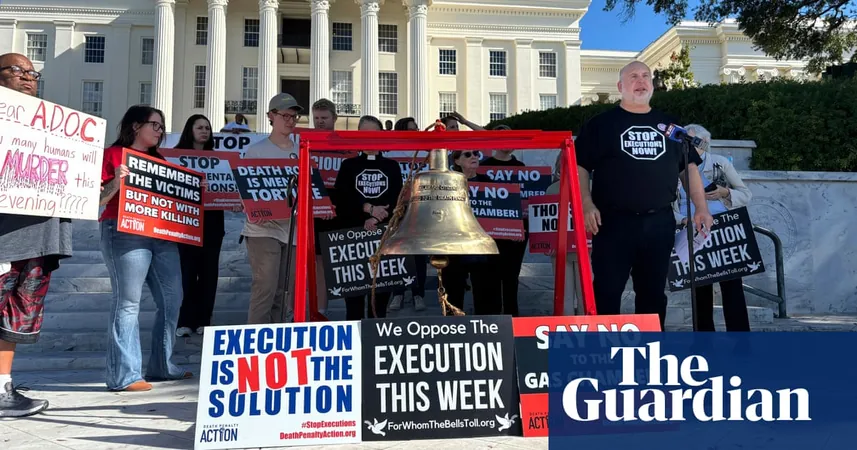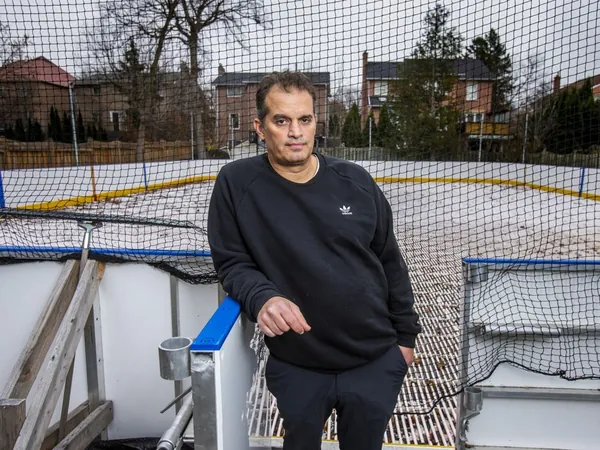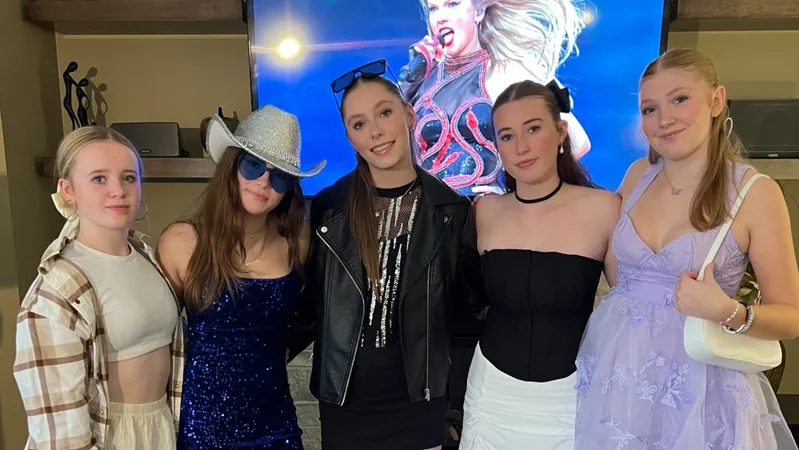
Chilling Execution of Alabama Man Raises Controversy Over Nitrogen Gas Method
2024-11-22
Author: Emma
Introduction
In a harrowing display of the death penalty's brutality, Carey Dale Grayson, a 50-year-old man convicted for the 1994 murder of hitchhiker Vickie DeBlieux, faced execution on Thursday evening in Alabama. This marked only the third use of nitrogen gas for executions in the United States, a method fraught with ethical uncertainty and grim implications.
Details of the Execution
Grayson’s execution took place at the William Holman correctional facility, where he had shown outward signs of defiance. As officials strapped him to a gurney and placed a gas mask over his face, he cursed at the prison warden and made obscene gestures, refusing to comply with protocol. Before the gas began to flow, Grayson raised his middle fingers in a final act of rebellion.
Witnesses reported that Grayson struggled visibly on the gurney, shaking his head and clenching his fists, as nitrogen gas was pumped into the mask. The execution commenced at approximately 6:14 PM ET, and his body was seen writhing for several minutes, leading to intense speculation about the humaneness of the procedure. He was pronounced dead at 6:33 PM after taking a series of agonal breaths, raising concerns over whether his final moments were most humane as the state claimed.
Controversy Surrounding Nitrogen Gas Executions
Alabama remains the sole state in the U.S. to utilize nitrogen gas as a means of execution, a method considered so controversial that it is banned for use on animals in many places, including across Europe and parts of the U.S. Critics have expressed alarm at the state’s willingness to experiment with unproven execution methods, raising ethical questions about human rights and dignity in the face of capital punishment.
"The only lesson from this grim sequence of events is that when states use human beings as guinea pigs for lethal experiments, they are bound to suffer," lamented Matt Wells, deputy director of the humanitarian group Reprieve US. This follows an unsettling pattern observed in previous nitrogen gas executions in which the condemned exhibited disturbing physical reactions on the gurney.
Official Responses and Concerns
John Hamm, Alabama’s corrections commissioner, defended the method, asserting that the nitrogen flowed for a sufficient length of time before Grayson showed any signs of ceasing to breathe. Hamm suggested that Grayson’s involuntary movements were typical physiological responses rather than evidence of suffering.
Background of the Crime
Grayson was one of a quartet of teenagers involved in the brutal murder of 37-year-old Vickie DeBlieux, who died in an act of violence that shocked communities. While three co-defendants had their death sentences set aside due to the U.S. Supreme Court's ruling against capital punishment for juveniles, Grayson, who was 19 at the time of the crime, faced full accountability.
Victim's Family Perspective
Vickie DeBlieux’s daughter, Jodi Haley, who was only 12 when her mother was killed, spoke out against the execution, labeling it an unjust act masked as justice. "Murdering inmates under the guise of justice needs to stop," she said, highlighting the need for society to reconsider the implications of capital punishment. Her poignant statement resonated with many who advocate for a reevaluation of execution methods and the broader implications for human rights.
Legal Challenges
Grayson’s execution occurred shortly after the U.S. Supreme Court rejected his request for a stay, with his legal team arguing that nitrogen executions lead to prolonged suffering and conscious suffocation—a stark contrast to promises of a swift death issued by the state.
Conclusion
As discussions on the ethical and practical implications of capital punishment continue, Grayson’s grim execution serves as a harrowing reminder of the complexities and consequences involved in the American judicial system's approach to justice.









 Brasil (PT)
Brasil (PT)
 Canada (EN)
Canada (EN)
 Chile (ES)
Chile (ES)
 España (ES)
España (ES)
 France (FR)
France (FR)
 Hong Kong (EN)
Hong Kong (EN)
 Italia (IT)
Italia (IT)
 日本 (JA)
日本 (JA)
 Magyarország (HU)
Magyarország (HU)
 Norge (NO)
Norge (NO)
 Polska (PL)
Polska (PL)
 Schweiz (DE)
Schweiz (DE)
 Singapore (EN)
Singapore (EN)
 Sverige (SV)
Sverige (SV)
 Suomi (FI)
Suomi (FI)
 Türkiye (TR)
Türkiye (TR)